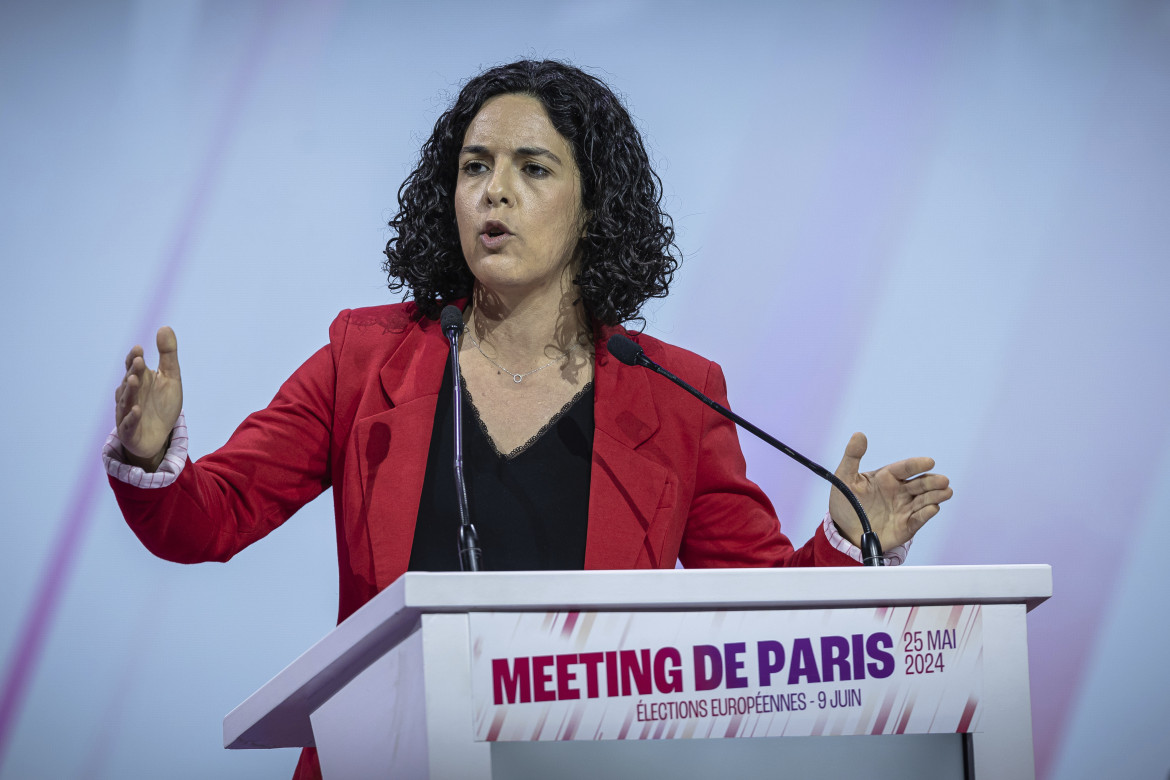Analysis
Parties split among rival sides of the EU Left
At this point the existence of The Left as a parliamentary group is not at risk. But the Party of the European Left finds itself at the center of tensions and emerging clashes.

On one side is La France Insoumise, at center stage in France these days and a key outpost of the left in Europe. On the other is Germany's Die Linke, which was just cut down to size in Saxony and Thuringia to the advantage of the red-brown BSW, Sara Wagenknecht's party. The rivalry could have indirect repercussions on the internal balance of the Party of the European Left (PEL) and its parliamentary group in Brussels and Strasbourg (named The Left in the European Parliament – GUE/NGL).
In the aftermath of the European elections in June, Wagenknecht had already tried to form her own parliamentary group, banking most of all on its closeness with the Five Star Movement. That project failed, partly because the Five Stars (whose parliamentary group is led by Pasquale Tridico) chose to go with The Left instead. According to a number of parties directly involved, at this point the existence of The Left as a parliamentary group (which offers its members a guarantee of floor time and possibilities for action in Brussels and Strasbourg) is not at risk. But it is a fact that the driving force behind the group, the Party of the European Left, finds itself at the center of tensions and emerging clashes.
Last Friday, the Authority for European Political Parties and European Political Foundations announced that it had received the application for registration of a new party, to be called the European Left Alliance for the People and the Planet (ELA). According to its charter, it aims to unite “the feminist parties of the green left to build another Europe of cooperation, social progress and workers' rights.” Its founding members, Sweden's Malin Björk, France's Sophie Rauszer and Spain's Isabel Serra Sánchez, say they want to work for “the alternative to capitalism,” human rights, climate justice, international law and the fight against racism.
At this point, seven political forces have joined: Bloco de Esquerda (Portugal), La France Insoumise (France), Podemos (Spain), Razem (Poland), Enhedslisten De Rød-Grønne (Denmark), Vänsterpartiet (Sweden) and Vasemmistoliitto (Finland). While they don’t necessarily agree on the Russian-Ukrainian war or Atlanticism (on which one can find very different positions among the parliamentary group The Left as well as among this new group, ranging from Podemos's radical anti-war stance to the positions of the Nordic leftists which are much closer to Kyiv), these parties are driven by a desire to break from some of the old patterns of the Party of the European Left, which houses Germany's Die Linke and the Greeks of Syriza, which just two legislatures ago were the leading parties in the group.
National issues also play a significant role: for one, La France Insoumise did not take kindly to the fact that the PEL’s spitzenkandidat at the June elections wasn’t its own outgoing MEP Manon Aubry, who was vetoed by none other than the French Communist Party, a founding member of the PEL.
The two Italian parties on this part of the political spectrum are still on the sidelines. So far, the Italian Left (SI) has preferred to work on reforming the PEL from within instead of starting on a new path, partly because it shares historical affinities with its founding parties.
As for the Communist Refoundation Party, which did not elect any MEPs in June but remains a PEL member, its secretary Maurizio Acerbo and Eleonora Forenza from the secretariat of the Party of the European Left have said: “We will continue to work for the unity of the entire radical left that identifies with the united parliamentary group The Left in the European Parliament. The group has always been pluralistic, including internally.”
Originally published at https://ilmanifesto.it/the-left-il-gruppo-si-fa-in-due-partiti-insoumise-e-podemos-se-ne-vanno on 2024-09-01
